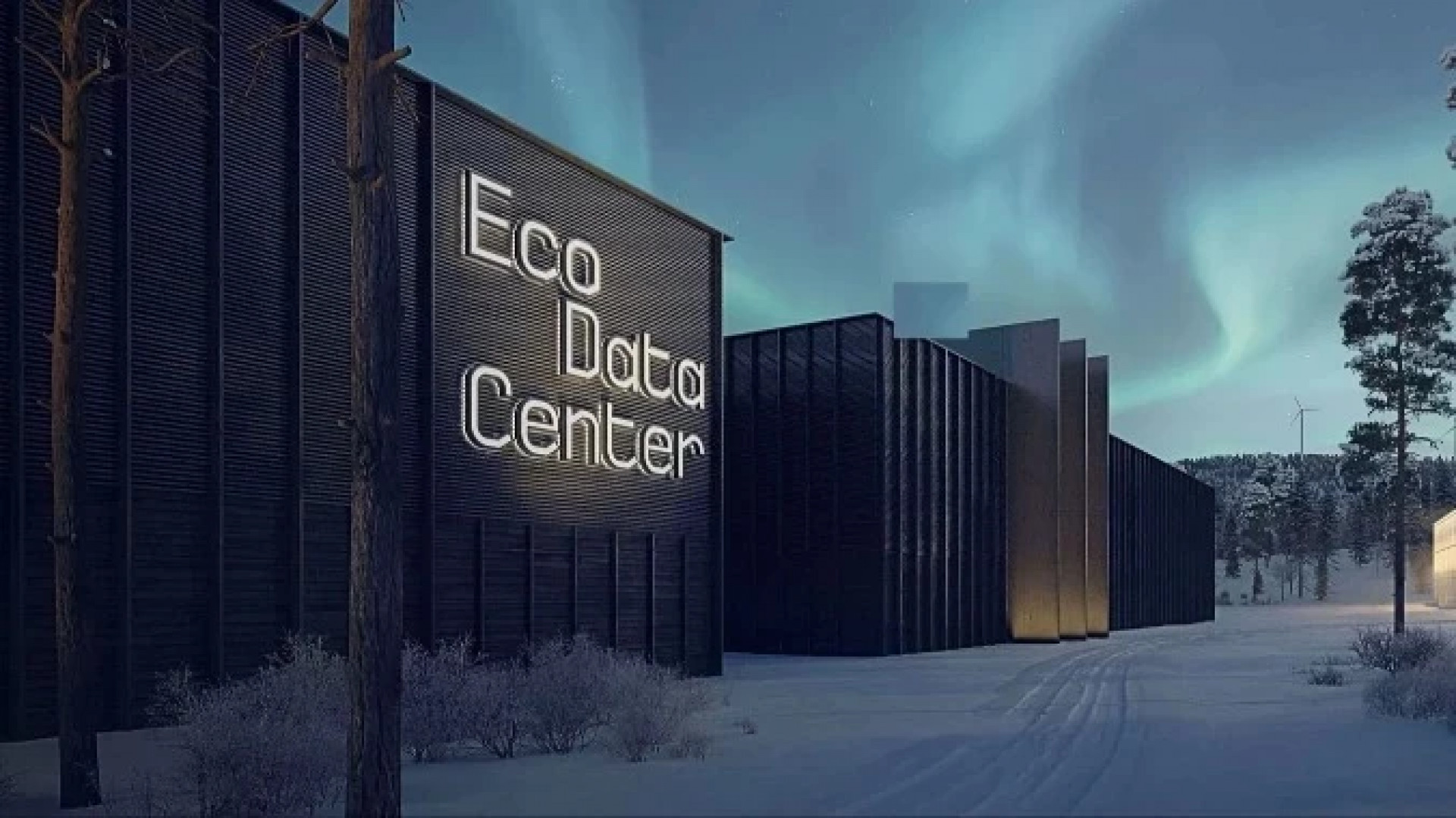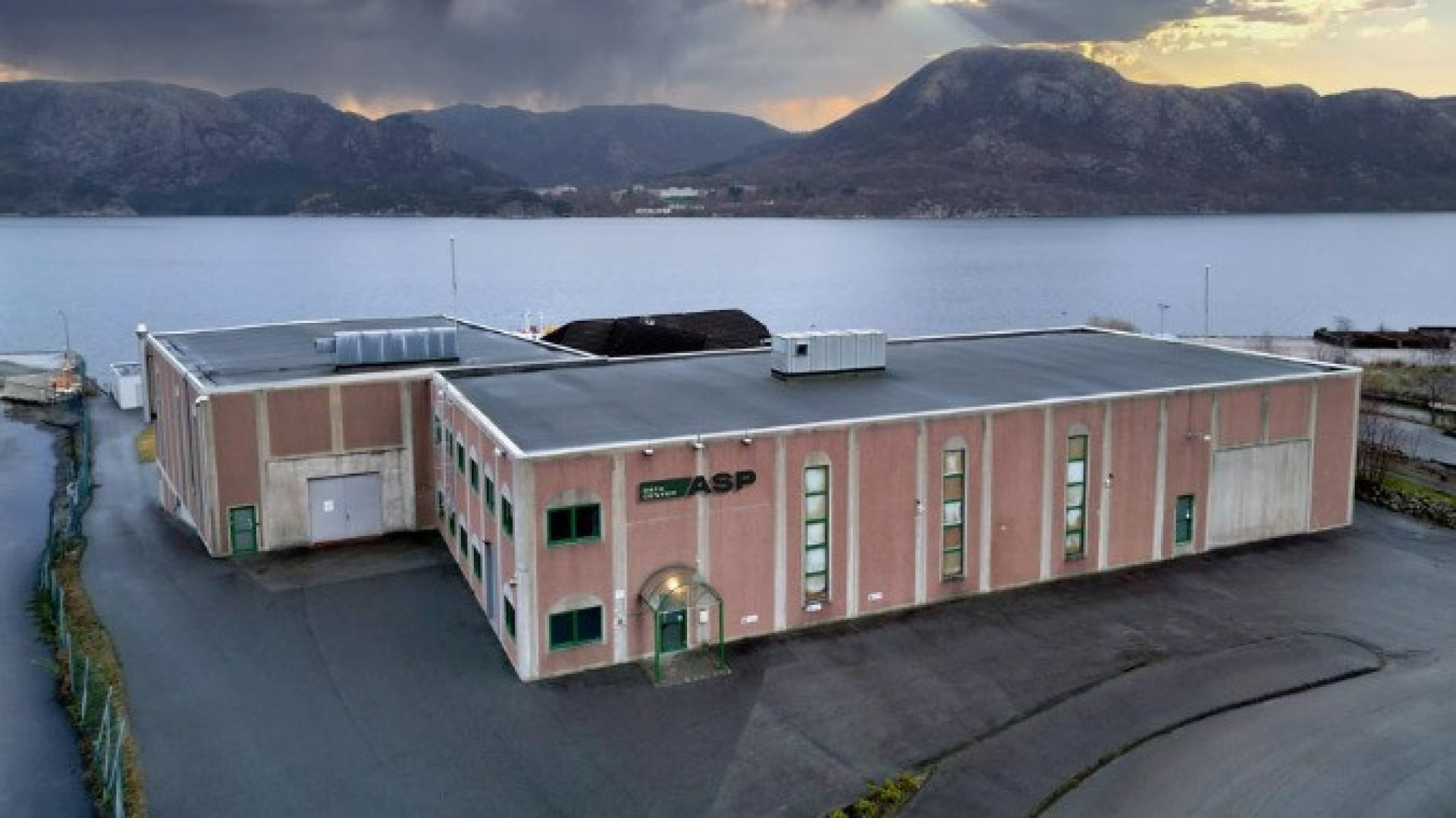IKT-Norge commissioned Menon Economics to assess the economic impact of establishing Norway's largest data center facility at Heggvin, just outside Hamar municipality. The study estimates a total investment of NOK 29 billion, 8,300 man-years during the construction phase, and approximately 300 permanent man-years during the operational phase. The potential for waste heat reuse is also significant. This will be the largest industrial investment in Innlandet ever, having a major economic impact and strengthening the Norwegian data center industry in the international market.
In March this year, it was announced that Green Mountain AS - Data Centres would build a data center facility outside Hamar with a capacity of up to 150 MW, with TikTok as the tenant. IKT-Norge wanted to map the ripple effects of this establishment in terms of employment and contribution to GDP.
The report has now been completed and describes the ripple effects during both the construction phase and the subsequent operational phase. "Data centers are critical infrastructure and absolutely necessary for the digitization that will facilitate the green shift. This report confirms that the economic effects, both regionally and nationally, are significant for this type of establishment," says Fredrik Syversen, Director of Strategy and Business Development at IKT-Norge.
Excluding the construction period and investments of up to NOK 29 billion, the facility will annually contribute NOK 260 million to the Norwegian GDP. Approximately NOK 160 million of this will be directly related to the operation of the data center, while around NOK 100 million in value creation will stem from the data center's supplier chain. "These are not insignificant amounts that will benefit local, regional, and national businesses. In addition, there will be several hundred exciting job opportunities for a long time," Syversen continues.
The data center is the first establishment in the Heggvin business park, and the waste heat produced can enable other activities in the area. The report shows that the facility could theoretically make available as much as 640-720 GWh annually in the form of hot water. This could be utilized, for example, in greenhouses, biogas plants, land-based aquaculture, etc.
"The report shows that there is much to look forward to. In addition to the ripple effects already mentioned, the establishment will also strengthen the Norwegian data center industry in general. We demonstrate that Norway can offer an attractive value proposition to international customers and that Norwegian players can deliver. We are confident that we will see more major international establishments in the years to come," says Syversen.














